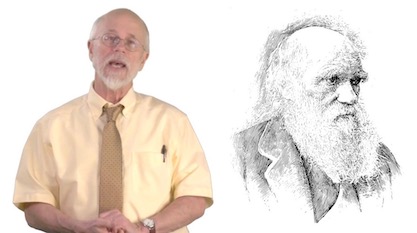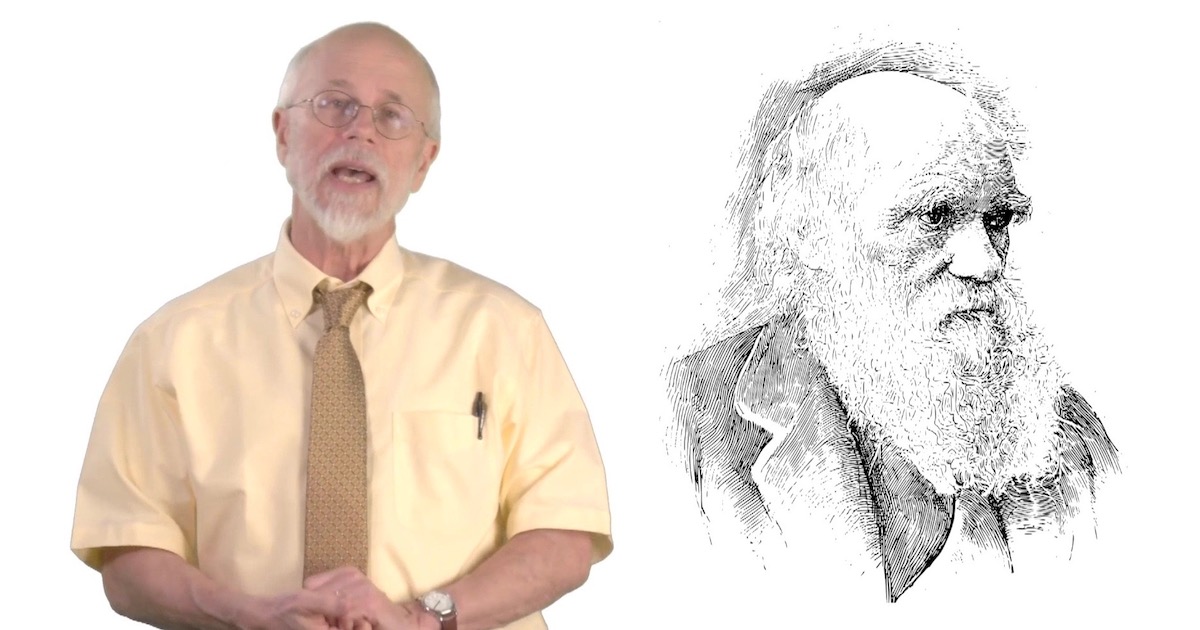 Evolution
Evolution
 Intelligent Design
Intelligent Design
Q&A with Michael Behe: New Examples of Irreducible Complexity


“What have you done for me lately?” So jokes biochemist Michael Behe, paraphrasing a question he often gets. In other words, Professor Behe, we know about the iconic bacterial flagellum. But are there other, newer examples of irreducible complexity?
Yes, there are. In a Q&A session to highlight his 41-part DiscoveryU video course on ID, “Michael Behe Investigates Evolution and Intelligent Design,” Dr. Behe explains that in fact research in biology brings to light previously unknown irreducibly complex wonders — the most sophisticated showing “design building upon design,” as he puts it — by the month or even the week. His details a few. Find more information about the video course here!
